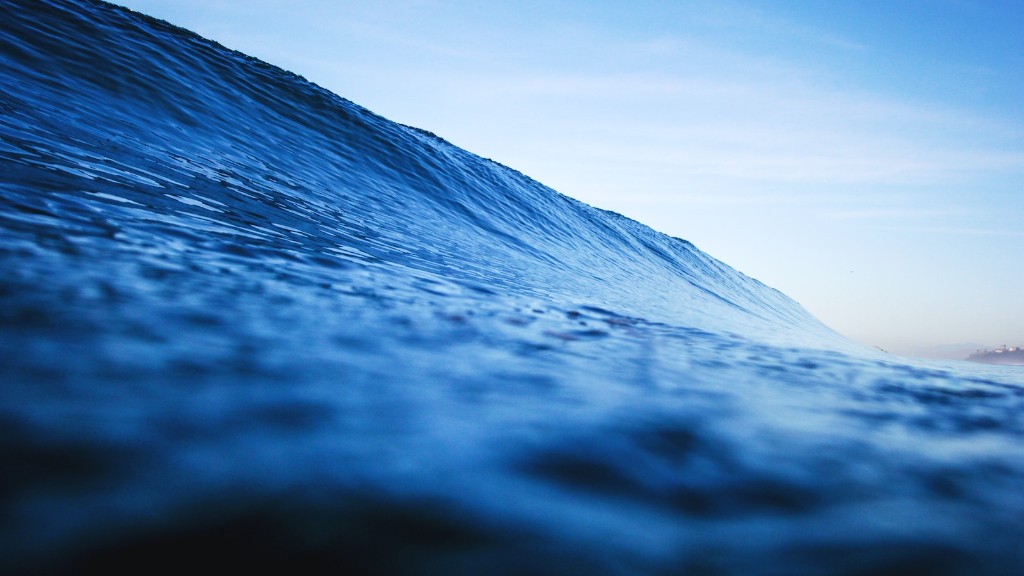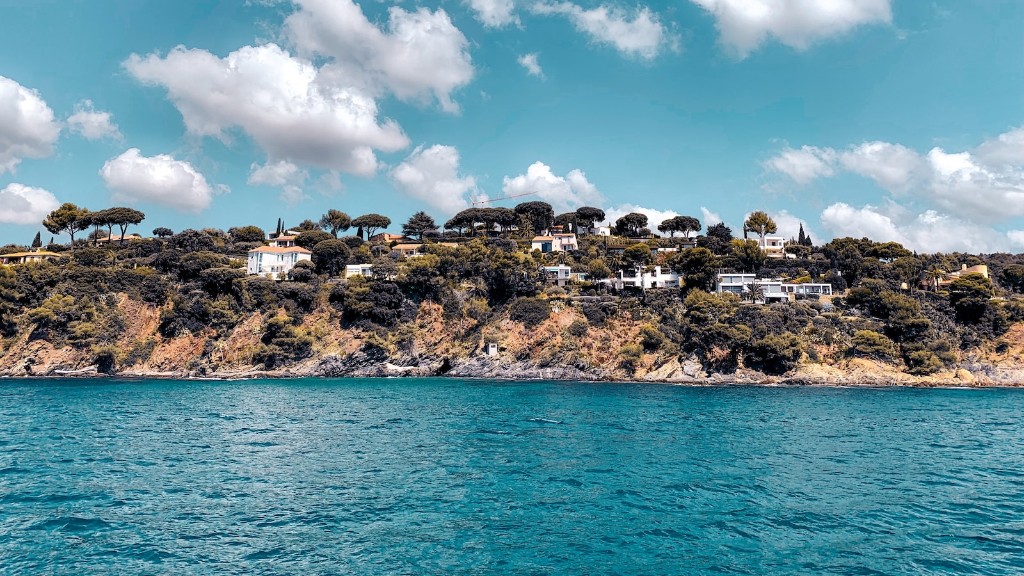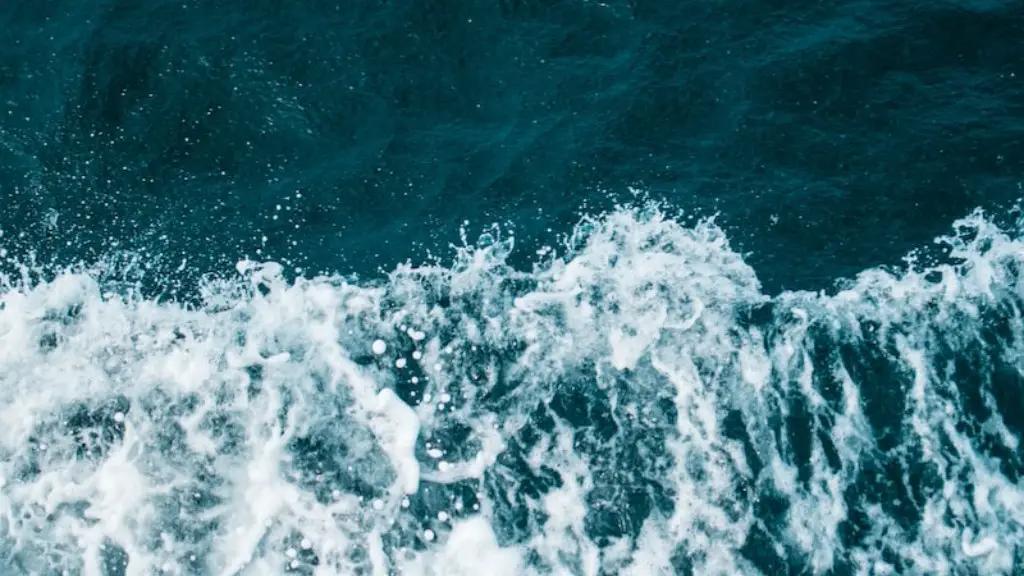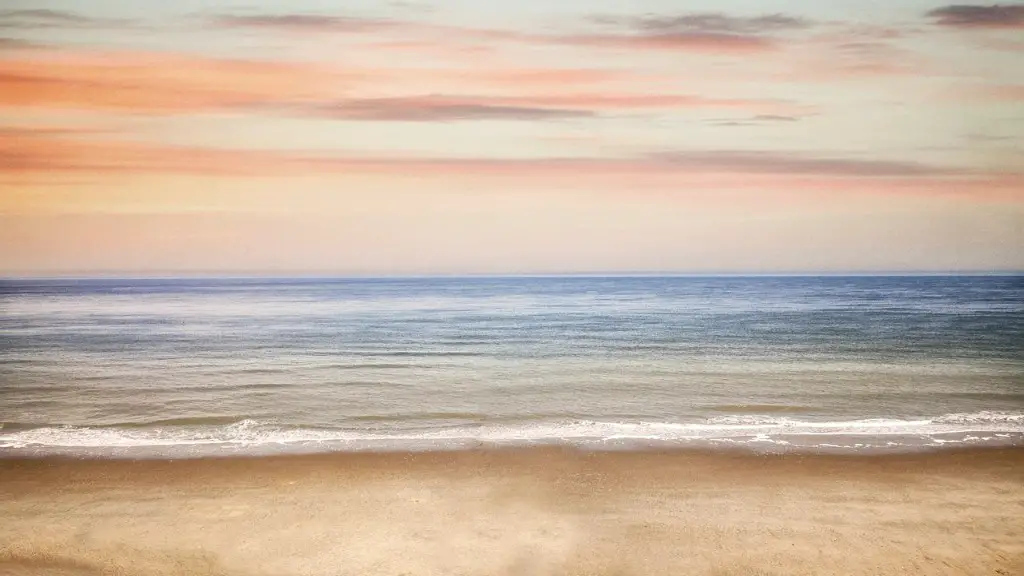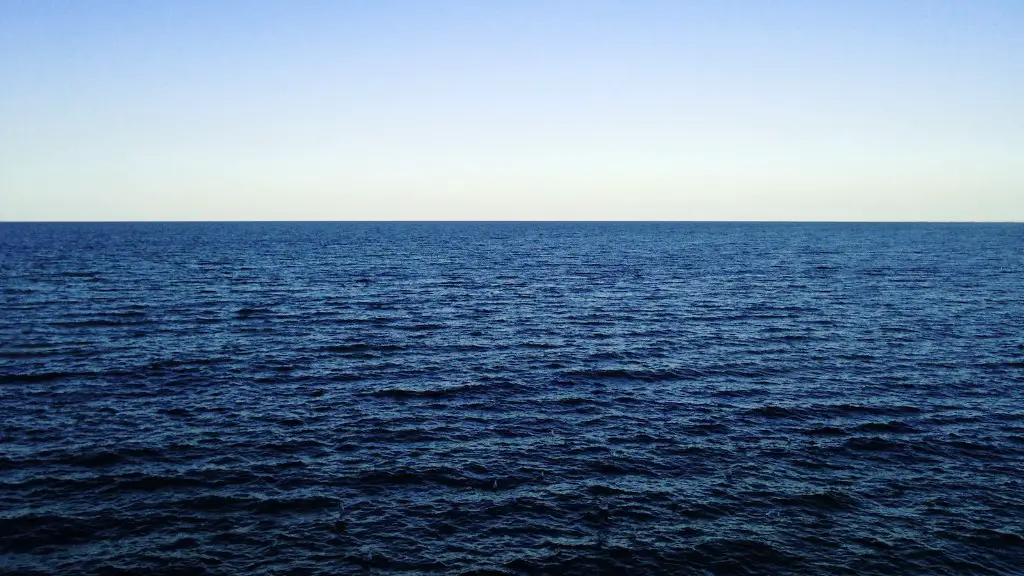The Red Sea is a stretch of water located between Africa and Asia. Although its name might imply otherwise, the Red Sea is actually home to a diverse array of marine life, including many different kinds of fish. So, whether you’re an amateur fisherman or just a curious onlooker, there’s certainly no shortage of sea creatures to be found in this vast body of water.
There are definitely fish in the Red Sea! In fact, the Red Sea is home to over 1,200 species of fish. So whether you’re looking to do some fishing or just admire the underwater wildlife, the Red Sea is a great place to be.
What fish are in the Red Sea?
Red Sea Clownfish, also called Anemonefish, are one of the most popular fish species in the Red Sea. They are usually found in shallow lagoons or sheltered reefs, making them easy to find for snorkelers. Clownfish usually have brightly colored bodies, making them a beautiful addition to any Red Sea reef.
The swordfish, also known as the broad-billed fish in some of its ranges, is a group of large predatory and migratory fish. The swordfish is an apex predator, meaning that it has no natural predators and is at the top of the food chain. It is a highly migratory fish, travelling long distances between feeding and breeding grounds. The swordfish is found in tropical and temperate waters around the world, and is popular as a sport fish.
The swordfish is a large fish, with an average length of 1-1.5 m (3-5 ft) and a weight of 30-60 kg (66-132 lb). The swordfish is distinguished by its long, flat bill, which is used to slash at prey. The swordfish is a powerful swimmer, and can reach speeds of up to 60 km/h (37 mph).
The swordfish is a popular fish for sport fishing, and is also commercially fished. The flesh of the fish is considered to be of high quality, and is popular as a food fish. The swordfish is also used for its oil, which is used in cosmetics and as a food supplement.
Can you swim in the Red Sea
Swimming in the sea is a great experience, but you need to be aware of the abundance of marine life in the coral waters of the Red Sea. Stonefish, scorpionfish, rays, jellyfish, sea urchins, and coral could all be present during your swims, so be cautious and enjoy the experience!
The Red Sea is thought to be named so because seasonal bacteria can alter its appearance. However, some people believe that crocodiles may have also contributed to the name. Crocodiles are not known to nest near popular Red Sea tourist destinations, but it is possible that they could have in the past. Current distribution maps show no known crocodile nests in the area, so it is unlikely that they are the cause of the name.
Why is the Red Sea so special?
The Red Sea is one of the world’s busiest waterways, carrying maritime traffic between Europe and Asia. Its name is derived from the colour changes observed in its waters, which can range from a deep blue to a rich red. The Red Sea is also home to some of the world’s hottest and saltiest seawater.
The oceanic white tip shark is a large pelagic species of requiem shark. The average length of an adult is 3.5 m (11 ft) and they can weigh up to 315 kg (694 lb). The oceanic white tip is a wide-ranging species, found in tropical and subtropical waters around the world. The oceanic white tip is a dangerous predator and has been implicated in a number of fatal attacks on humans.
What can sting you in the Red Sea?
Some of the potentially dangerous creatures in the Red Sea include fire coral, rays, stonefish, scorpionfish, lionfish, and moray eels. All of these can cause problems for humans if we accidently brush up against them. Fire coral can cause itching and burning skin, while rays and stonefish can both deliver a nasty sting. Scorpionfish and lionfish are both venomous, and moray eels can give a nasty bite. So be careful when swimming in the Red Sea!
1. There is no such thing as swimming in the Dead Sea. The salt that lines the sea bottom is rough on your feet, and will cut you up severely if you don’t wear water shoes of some kind.
2. You will float effortlessly in the Dead Sea. The high salt content makes it impossible to sink.
3. The Dead Sea is caves and ancient ruins.
4. The water in the Dead Sea is incredibly salty. In fact, it is nine times saltier than the ocean.
5. The Dead Sea is surrounded by mountains.
6. Despite its name, the Dead Sea is actually a lake.
7. The Dead Sea is the lowest point on Earth.
8. The Dead Sea is home to many unique species of animals and plants.
9. The Dead Sea has been a popular tourist destination for centuries.
10. The Dead Sea is one of the most heavily polluted bodies of water in the world.
How safe is the Red Sea
If you are planning to travel to the Red Sea region, please be aware that there have been a few cases of shark attacks on tourists. Although these incidents are rare, it is always best to be cautious and monitor updates from the local authorities and your tour operator. In addition, there have also been several serious accidents involving British nationals on quad bikes in resort areas. Again, it is advisable to exercise caution and follow all safety instructions when travelling in this region.
The Red Sea is home to a variety of fish, coral, and other marine life. Although most of these species are not dangerous to humans, there are a few notable exceptions. These include sharks, jellyfish, and stingrays. While most people are aware of the dangers these animals pose, they are often surprised by the strength and speed of these creatures. As such, it is important to be cautious when swimming or diving in the Red Sea.
What eats Nile crocodiles?
Nile crocodiles areone of the most feared predators in Africa. But what do they eat?
An adult Nile crocodile typically preys on large mammals such as antelope, zebra, and wildebeest. But they will also eat smaller prey such as rodents, birds, and reptiles.
While they don’t have any natural predators, humans are the biggest threat to Nile crocodiles. Hunting and habitat loss have led to a decline in their population.
Baby Nile crocodiles are much more vulnerable to predators. Many animals such as Nile monitor lizards, African fish eagles, snakes, and honey badgers will prey on them.
The Tárcoles River is located in Costa Rica and is known for its high concentration of crocodiles. An average of 75 crocodiles can be found per square mile in the river. The river is also a popular tourist destination because of its crocodiles.
Can anything live in the Red Sea
The Red Sea’s underwater ecosystem is one of the most diverse in the world, home to over 300 species of coral and 1,200 species of fish. 10% of the fish species found in the Red Sea are found nowhere else in the world. The Red Sea is also home to a variety of marine mammals, such as spinner dolphins, dugongs, turtles, mantas, and sharks.
The Red Sea has some very unique characteristics that make it different from other oceans. For one, it is extremely warm, with surface temperatures reaching over 30° Celsius (86° Fahrenheit). Additionally, water evaporates from the Red Sea at a very high rate, making it one of the saltiest oceans in the world.
What country owns the Red Sea?
The exclusive economic zone (EEZ) is an area beyond and adjacent to the territorial sea, subject to the specific legal regime established in this part, under which the rights and jurisdiction of the coastal State and the rights and freedoms of other States are governed by the relevant provisions of the Convention.
The coastal State has sovereign rights over the natural resources of the sea, seabed and subsoil, but other States enjoy the freedom of the high seas within the exclusive economic zone.
The EEZ shall not extend beyond 200 nautical miles from the baselines from which the breadth of the territorial sea is measured.
The exclusive economic zone may be extended up to a maximum of 350 nautical miles from the baselines from which the breadth of the territorial sea is measured, if the outer edge of the zone does not exceed 350 nautical miles from those baselines and provided that no rights or jurisdiction of any other State are prejudiced as a result.
The Red Sea is the saltiest sea in the world, with 41 parts of salt per 1,000 parts of water. This high salt content is due to the evaporation of water in the hot, dry climate. The Red Sea is also one of the most biodiverse seas in the world, with over 1,200 species of fish.
Where did Moses cross the Red Sea
The above image depicts the Sinai Peninsula, located at the north end of the Gulf of Suez. This is the region where the Israelites are said to have crossed the Red Sea, as mentioned in the Bible. The image also shows the American Colony in Jerusalem, which was founded by American Christians in the late 1800s.
These magnificent jellyfish can be spotted all over the Red Sea, and sometimes in very large numbers! Head to the bays along the coast of the Red Sea for the best encounters; including places such as Marsa Shouna, Marsa Mubarak, and Abu Dabab.
Conclusion
There are certainly fish in the Red Sea – after all, it is one of the world’s largest and most diverse marine ecosystems! Researchers have identified over 1,200 species of fish in the Red Sea, including many that are iconic and popular with scuba divers, such as clownfish, parrotfish, and angel fish. So whether you’re hoping to snag a big one for dinner or just enjoy the underwater view, the Red Sea has plenty of fish for you to enjoy.
Yes, there are definitely fish in the Red Sea. In fact, there are over 1,200 species of fish that have been recorded in the Red Sea. This makes it one of the most diverse and unique ecosystems in the world.
